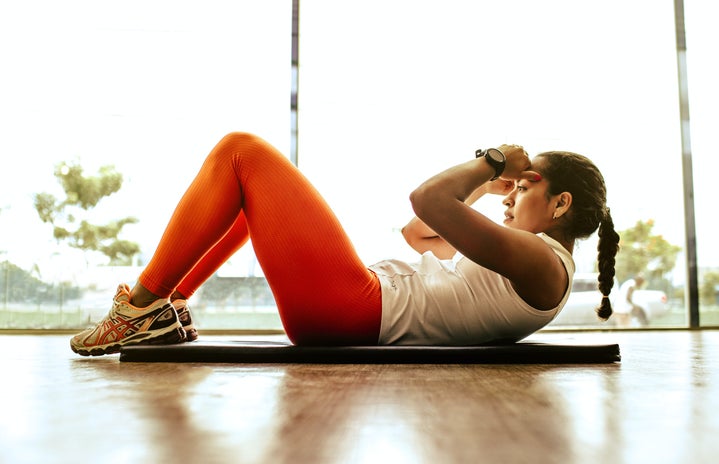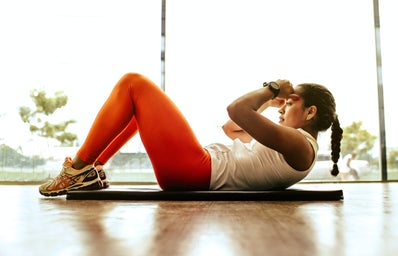No matter if you consider yourself a runner, weight-lifter, yogi, or elliptical extraordinaire, exercise can definitely wear out your muscles and they may need some extra love and care. We all know that stretching is an important part of recovery to maintain flexibility, prevent soreness, and keep injuries at bay, but foam rolling can provide additional benefits than just stretching alone. After discovering the amazing and less-sore world of foam rolling, my foam roller quickly became my best friend. If you’re looking for an extra way to take care of your muscles or have been wondering how to use the foam rollers in the corner of your gym, then this is the guide for you.
NOTE: Never foam roll directly on an injured area. You should feel some discomfort foam rolling, especially if you are new to it, but check with your doctor or physical therapist if you are experiencing a lot of pain.
Top Five Reasons to Foam Roll
1. Foam rolling decreases recovery time between workouts by removing lactic acid and reducing inflammation so you can get back to your exercise routine quicker. This is great for when you’re trying new forms of cardio or weight lifting. You’re working different muscle groups than what you’re used to and you may wake up the next day with achy muscles. Foam rolling can help alleviate some of this soreness. If you happen to have an injury such as shin splints or IT band syndrome, foam rolling can help release built up scar tissue and aid in the healing process.
2. It helps increase blood flow and leads to better circulation. Circulation is important for preventing injuries, keeping your immune system healthy, and aiding in cognitive function.
3. It increases your joint range of motion and loosen muscle. Foam rollers can actually increase your flexibility, which can help prevent injuries, keep your muscles healthy, and allow you to move more easily.
4. It’s an easy way to release tension from sitting in a desk all day. Those long lectures can literally be a pain in the neck. If you find that your back is hurting from sitting in a desk all day, foam rolling can release the tension that built up tension.
5. It simply feels good. Foam rolling feels like you’re getting a message (which is the best way to end a workout in my opinion).
How to Use a Foam Roller
Just like it’s a good idea to warm up and stretch before and after your workout, you can also use foam rollers before and after you workout. Rolling before stretching can be more beneficial because it improves circulation and releases muscle fibers. You can also use a foam roller throughout the day- not just during your workouts. If I’m sitting at home watching Netflix or I need a break from homework, I’ll use mine for a few minutes.
When you use a foam roller, go back and forth over the same area for 30 seconds. If an area feels a little tight, spend a little more time on that spot. Remember to move in slow motions and to breathe. Ideally, you should be foam rolling for about 30 seconds to a minute per muscle group, or until you feel the tension release, and use a foam roller three to seven days a week. Here are a few areas to use a foam roller:
Calves
Hamstrings
Quads
IT Band
Glutes
Upper Back
Next time you see the foam rollers at the gym, don’t be afraid to give them a try and roll your way to less soreness, better flexibility, and quicker recovery times.
Photos taken by Lars Everson


